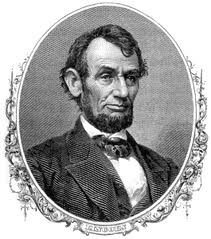 We (Edith Hope Fine and Judith Josephson) are the Grammar Patrol. Both of us taught for years and are now writers, with thirty plus books between us, including our two popular grammar guides, Nitty-Gritty Grammar and More Nitty-Gritty Grammar. For close to twenty years, we taught writing and grammar basics and now we blog about grammar for writers.
We (Edith Hope Fine and Judith Josephson) are the Grammar Patrol. Both of us taught for years and are now writers, with thirty plus books between us, including our two popular grammar guides, Nitty-Gritty Grammar and More Nitty-Gritty Grammar. For close to twenty years, we taught writing and grammar basics and now we blog about grammar for writers.
 Writing with word processing software gives you more options than the old days of typewriters, but it also gives you gives you more ways to get into trouble. Most of us have twigged to the difference between the typewriter’s straight quotation marks and computer-generated curly ones. You’ll often hear the latter called curly quotes or smart quotes. If Honest Abe is reciting the Gettysburg address, the curly quotation that marks the beginning of his speech, should face the words—they’ll resemble the number 66: “Four score and seven years ago . . .” At the end of his speech, the marks form a 99: “shall not perish from the earth.”
Writing with word processing software gives you more options than the old days of typewriters, but it also gives you gives you more ways to get into trouble. Most of us have twigged to the difference between the typewriter’s straight quotation marks and computer-generated curly ones. You’ll often hear the latter called curly quotes or smart quotes. If Honest Abe is reciting the Gettysburg address, the curly quotation that marks the beginning of his speech, should face the words—they’ll resemble the number 66: “Four score and seven years ago . . .” At the end of his speech, the marks form a 99: “shall not perish from the earth.”
The same goes for single quotes, but they’re like the numerals 6 and 9: “I’ll call you ‘Wart-Nose’ if I like,” yelled Dorothy at the Wicked Witch.
Do use straight quotes (‘ or “), not curly quotes, to indicate feet and inches: 42′ 9″. (Note that the period goes outside because the quotation mark indicates inches, not a direct quotation.)
Details, details, details . . .
Ellipses: “Wait. What was I saying . . .?”
Those three dots that can indicate your brain’s gone on vacation are called an ellipsis. Handily, the word is from the Greek word meaning “omission.” (more…)